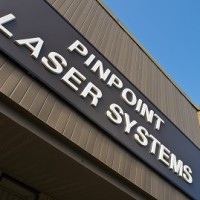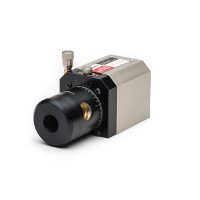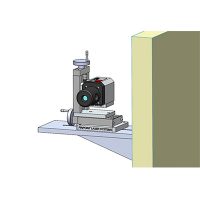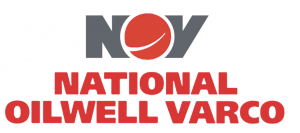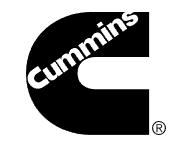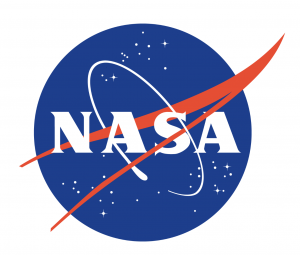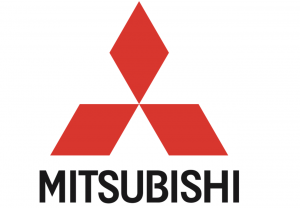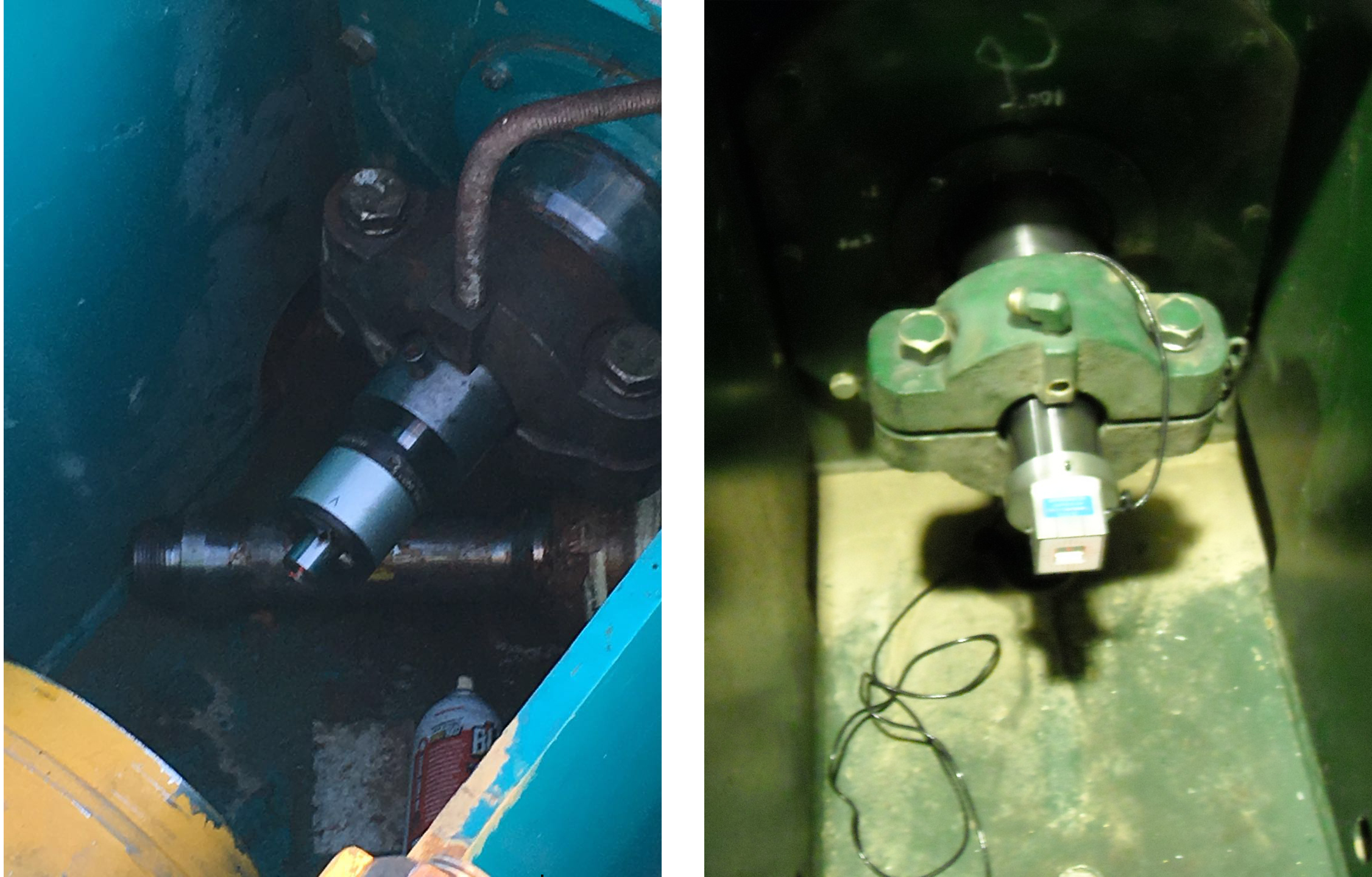
Onshore and offshore oil rigs rely on mud pumps during drilling operations to circulate fluids such as water, oil and drilling mud at high pressure through the system. This circulation is essential for several reasons: it cools and lubricates the drill bit, cleans the wellbore by bringing cuttings to the surface and controls downhole pressure at the bottom of the well.
What is a mud pump?
Mud pumps consist of two main subassemblies:
- Power End or Crosshead. This part includes the engine or motor that drives the pump. It is comprised of a crankshaft, main bearing, pinion shaft and crosshead assemblies that work together to transfer power to the fluid end of the mud pump.
- Fluid End. This section consists of pistons, valve assemblies, and liners that manage the flow and pressure of the drilling mud. The fluid end regulates fluid movement through the drilling process, ensuring that it flows in the desired direction.
Together, these two subassemblies ensure the continuous and effective flow of drilling fluid, with the fluid end pumping the fluid and the power end providing the mechanical movement.
Need for Proper Alignment
The crosshead of the mud pump must be properly aligned with the fluid end liner to maximize the piston and liner life. Misalignment can increase friction and heat, leading to accelerated wear on pump components. This may result in premature failure, necessitating the replacement of both components, which can lead to costly repairs and production downtime.
Improper alignment also can affect the pump’s performance, leading to inefficiencies or breakdowns that can halt operations. Improper adjustments may cause vibrations in the pump, leading to degradation of parts and hazardous operating conditions.
Laser alignment
Traditional methods for checking vertical and horizontal alignment, such as uncalibrated wooden rods, gage bars and micrometers, can be time-consuming and cumbersome. They are often not well suited for troubleshooting and resolving alignment issues.
Laser alignment systems offer accurate measurements of the piston’s path through the liner at various positions along the pump’s stroke. They also can project a laser centerline from the fluid end back toward the rear power end of the pump to determine the shimming required to correct any alignment issues.
How It Works
A laser alignment system typically includes either a two- or four-axis receiver that detects the laser beam projected from the transmitter. A four-axis receiver can decrease alignment time by as much as 50% by measuring angularity as well as X and Y.
As a non-intrusive system, the laser alignment system requires the removal of only the piston rod, allowing for faster service and less downtime for the pump. Its small, portable and user-friendly design makes it suitable for use at various locations, both global and domestic, at an oil drilling site.
When To Check Alignment
In addition to checking alignment during the initial installation, it should be reviewed after:
- The pump has been serviced.
- There is a change in the operating temperature of the pump.
- Adjustments were made to the piping system.
Regular alignment checks should be included as part of scheduled inspections or troubleshooting procedures to ensure smooth mud pump operation.
Routine use of laser alignment systems can lower costs associated with spare parts, maintenance labor and production loss. By optimizing operations, these systems help improve the operating life and reliability of mud pump, ultimately contributing to the overall productivity of oil drilling.




